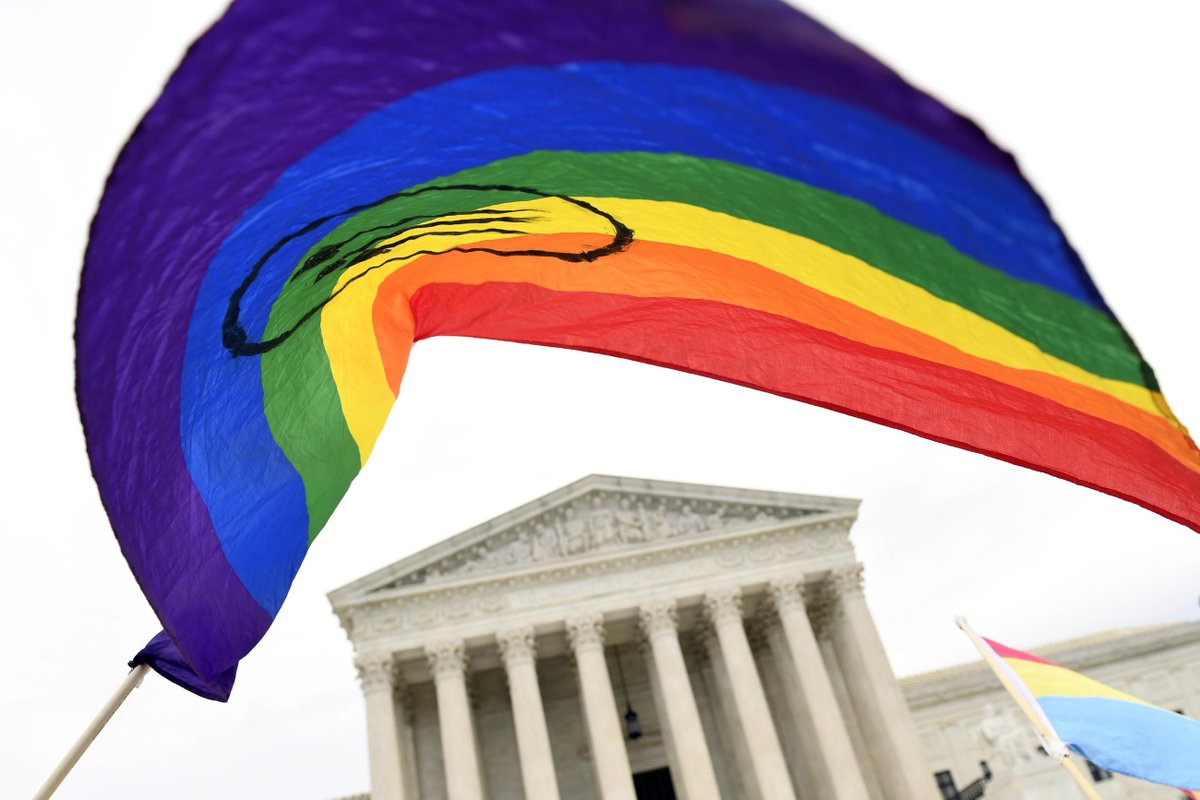
Relying on its understanding of Exemption 4's legislative purpose, the D.C. While the court reaffirmed the National Parks test, it also set out to clarify "some misunderstanding as to its scope and application." Id. Notably, however, the court's decision in Critical Mass was based primarily on the principle of stare decisis, a legal doctrine which counsels against the overruling of an established precedent. Circuit, sitting en banc, had an opportunity to reexamine the standard for determining confidentiality and reaffirmed the National Parks test.

Subsequent courts eventually did adopt a third prong to protect information that would compromise agency program compliance and effectiveness.Īlmost two decades after National Parks, the D.C. While establishing this two-prong test, the court expressly reserved the question of whether any other governmental interests might also be embodied in a "third prong." S ee id. The court determined that information should be treated as confidential if its disclosure would: 1) impair the government's ability to obtain necessary information in the future, or 2) cause substantial harm to the competitive position of the submitter of the information. Circuit declared that the term confidential should be read to protect governmental and private interests in accordance with a two-prong test. In National Parks, the Court of Appeals for the District of Columbia Circuit determined that the term confidential should be defined using an objective standard that satisfies the legislative purpose of the exemption. 1974), which significantly altered the test for confidentiality under Exemption 4 and became the leading case on the issue until the Supreme Court's recent decision. In 1974, however, these earlier tests were superseded by National Parks & Conservation Association v. 1969), or whether the information was of the type not customarily released to the public by the submitter and which the government "agreed to treat. In the early years of the FOIA, courts of appeals defined the term "confidential" based on whether there was an express or implied promise of confidentiality by the government to the submitting party, s ee GSA v. The word "confidential" is not defined in the FOIA and over the years courts have applied various tests to determine whether commercial and financial information provided to an agency fell within the parameters of Exemption 4.

This guidance will discuss the newly defined contours of Exemption 4 in the wake of the Supreme Court's decision, and will provide agencies with workable rules in applying Exemption 4 going forward.Įxemption 4 protects "trade secrets and commercial or financial information obtained from a person privileged or confidential." 5 U.S.C. V 2017), that overturned over forty years of precedent. On June 24, 2019, the Supreme Court issued an opinion addressing the meaning of the word "confidential" in Exemption 4 of the Freedom of Information Act (FOIA), 5 U.S.C. Exemption 4 after the Supreme Court's Ruling


 0 kommentar(er)
0 kommentar(er)
